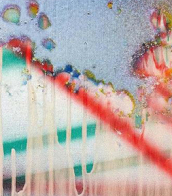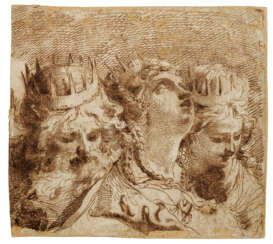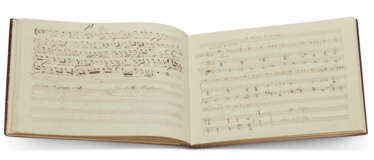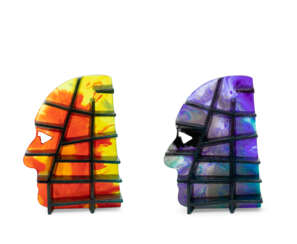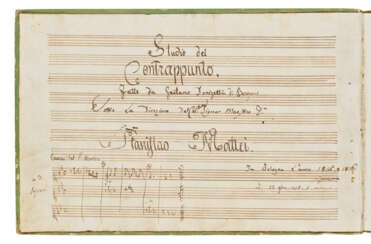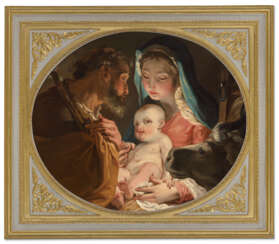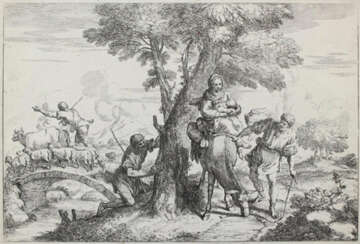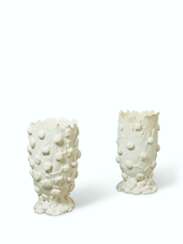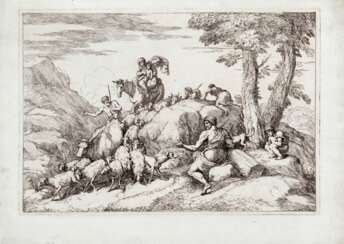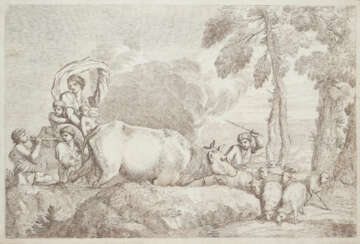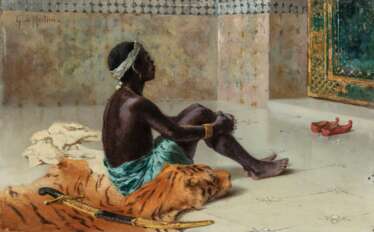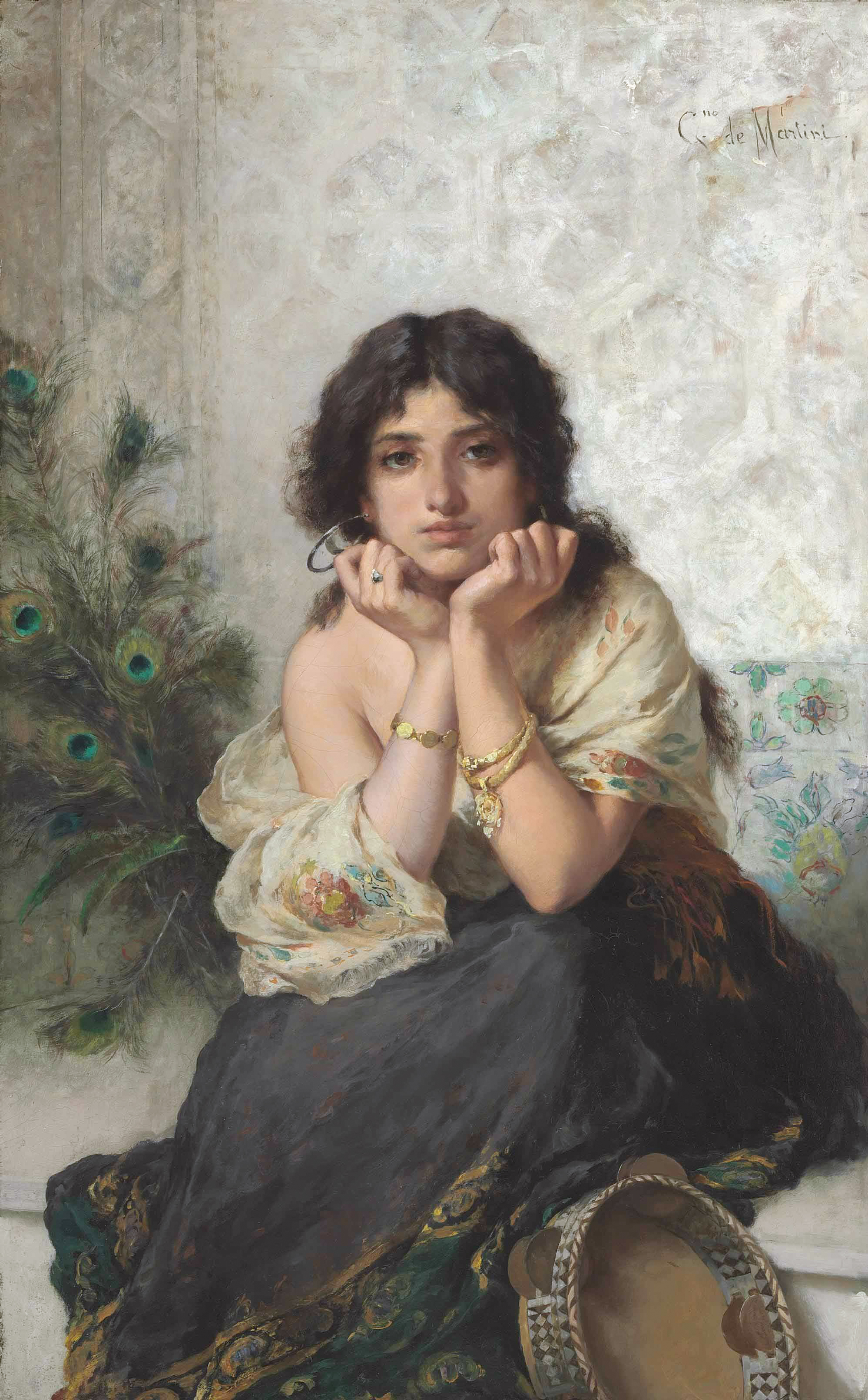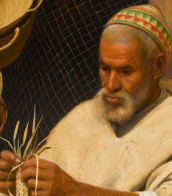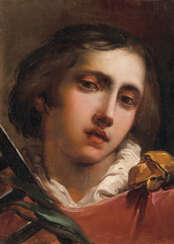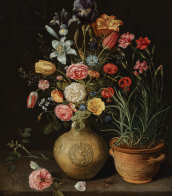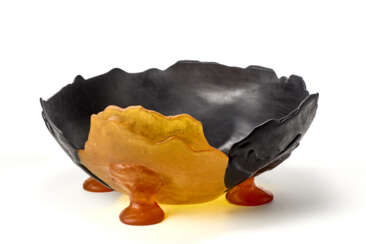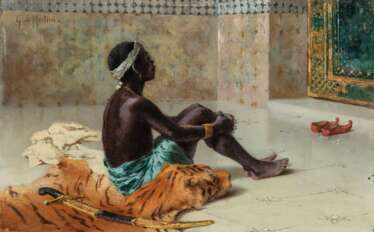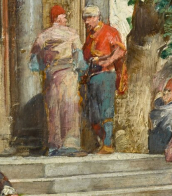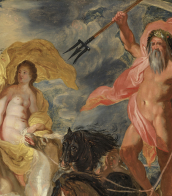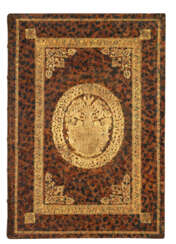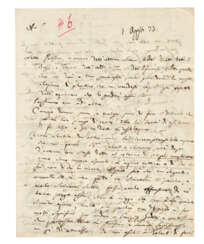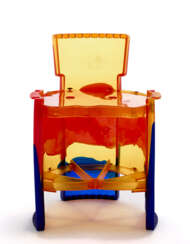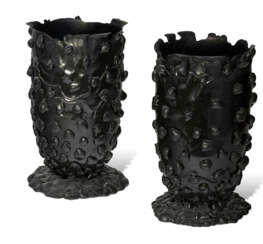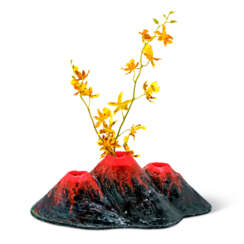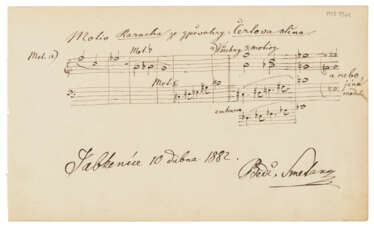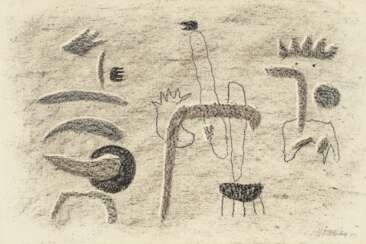etan
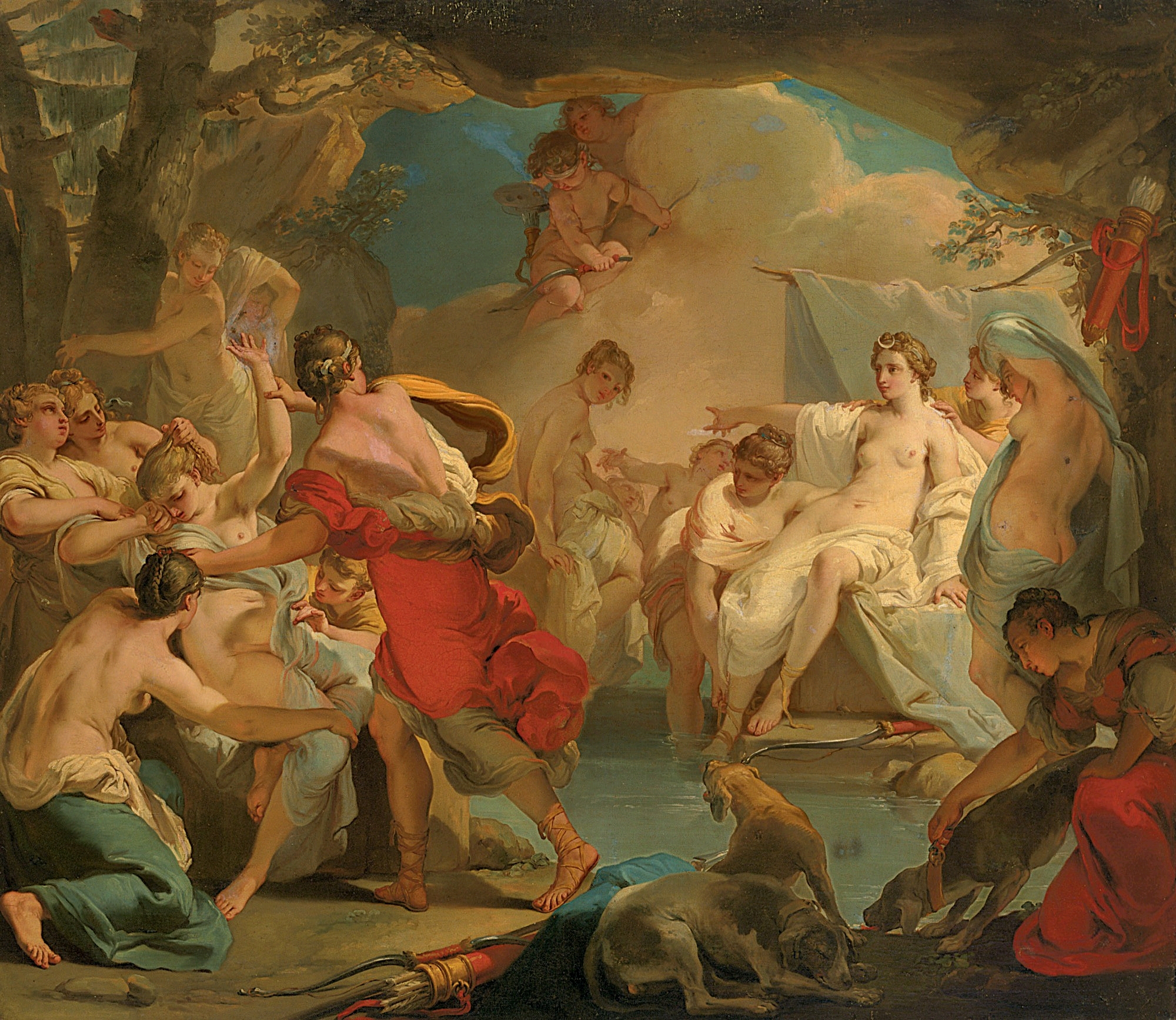

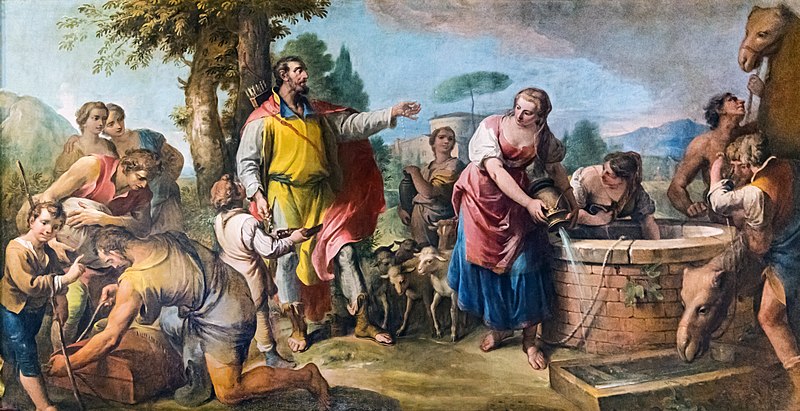
Gaetano Zompini, full name Gaetano Gherardo Zompini, was an Italian painter and printmaker.
Zompini is known for his many prints depicting everyday scenes of Italian life, particularly of workers in the lower classes of Venice. He also created scenes with religious themes and executed frescoes in the Palazzo Marin in Venice.
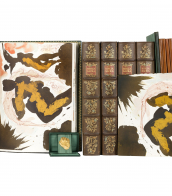




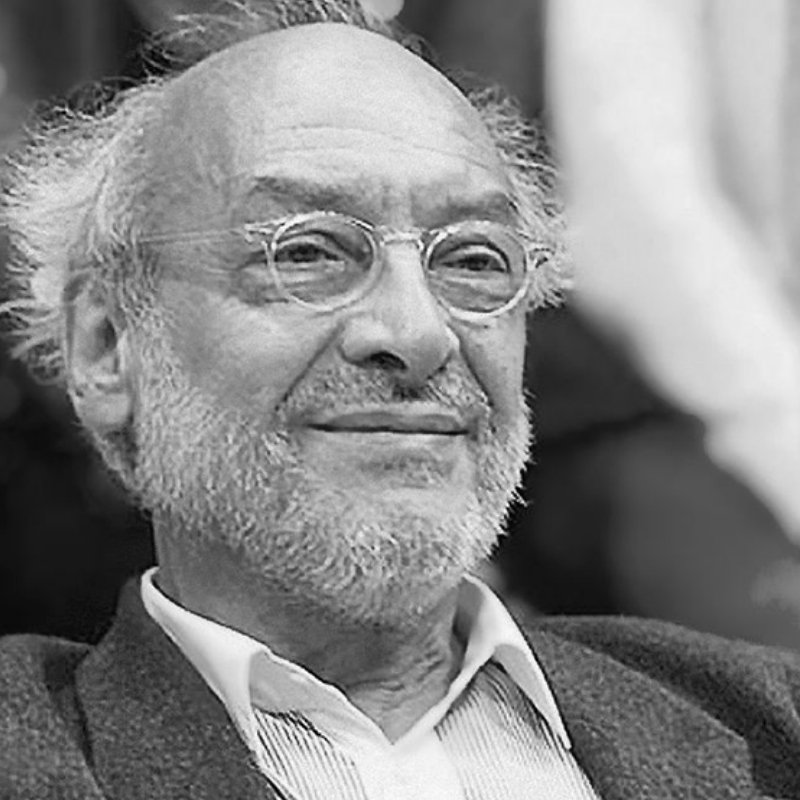
Gaetano Pesce is an Italian architect and a design pioneer of the 20th century. Pesce was born in La Spezia in 1939, and he grew up in Padua and Florence. During his 50-year career, Pesce has worked as an architect, urban planner, and industrial designer. His outlook is considered broad and humanistic, and his work is characterized by an inventive use of color and materials, asserting connections between the individual and society, through art, architecture, and design to reappraise mid-twentieth-century modern life.
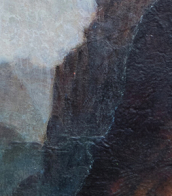

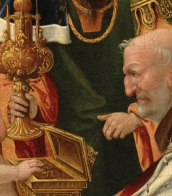

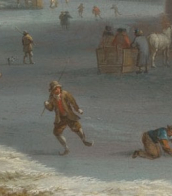

Gaetano Zompini, full name Gaetano Gherardo Zompini, was an Italian painter and printmaker.
Zompini is known for his many prints depicting everyday scenes of Italian life, particularly of workers in the lower classes of Venice. He also created scenes with religious themes and executed frescoes in the Palazzo Marin in Venice.
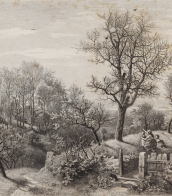

Gaetano Pesce is an Italian architect and a design pioneer of the 20th century. Pesce was born in La Spezia in 1939, and he grew up in Padua and Florence. During his 50-year career, Pesce has worked as an architect, urban planner, and industrial designer. His outlook is considered broad and humanistic, and his work is characterized by an inventive use of color and materials, asserting connections between the individual and society, through art, architecture, and design to reappraise mid-twentieth-century modern life.
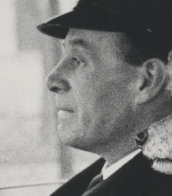

Gaetano Zompini, full name Gaetano Gherardo Zompini, was an Italian painter and printmaker.
Zompini is known for his many prints depicting everyday scenes of Italian life, particularly of workers in the lower classes of Venice. He also created scenes with religious themes and executed frescoes in the Palazzo Marin in Venice.


Gaetano Zompini, full name Gaetano Gherardo Zompini, was an Italian painter and printmaker.
Zompini is known for his many prints depicting everyday scenes of Italian life, particularly of workers in the lower classes of Venice. He also created scenes with religious themes and executed frescoes in the Palazzo Marin in Venice.
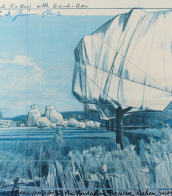

Gaetano Pesce is an Italian architect and a design pioneer of the 20th century. Pesce was born in La Spezia in 1939, and he grew up in Padua and Florence. During his 50-year career, Pesce has worked as an architect, urban planner, and industrial designer. His outlook is considered broad and humanistic, and his work is characterized by an inventive use of color and materials, asserting connections between the individual and society, through art, architecture, and design to reappraise mid-twentieth-century modern life.
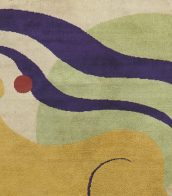

Gaetano Zompini, full name Gaetano Gherardo Zompini, was an Italian painter and printmaker.
Zompini is known for his many prints depicting everyday scenes of Italian life, particularly of workers in the lower classes of Venice. He also created scenes with religious themes and executed frescoes in the Palazzo Marin in Venice.
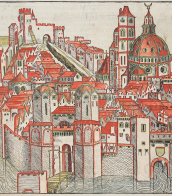

Gaetano Pesce is an Italian architect and a design pioneer of the 20th century. Pesce was born in La Spezia in 1939, and he grew up in Padua and Florence. During his 50-year career, Pesce has worked as an architect, urban planner, and industrial designer. His outlook is considered broad and humanistic, and his work is characterized by an inventive use of color and materials, asserting connections between the individual and society, through art, architecture, and design to reappraise mid-twentieth-century modern life.
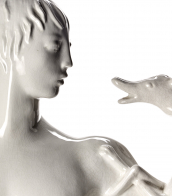

Gaetano Pesce is an Italian architect and a design pioneer of the 20th century. Pesce was born in La Spezia in 1939, and he grew up in Padua and Florence. During his 50-year career, Pesce has worked as an architect, urban planner, and industrial designer. His outlook is considered broad and humanistic, and his work is characterized by an inventive use of color and materials, asserting connections between the individual and society, through art, architecture, and design to reappraise mid-twentieth-century modern life.
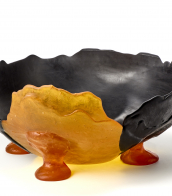

Gaetano Zompini, full name Gaetano Gherardo Zompini, was an Italian painter and printmaker.
Zompini is known for his many prints depicting everyday scenes of Italian life, particularly of workers in the lower classes of Venice. He also created scenes with religious themes and executed frescoes in the Palazzo Marin in Venice.



Gaetano Pesce is an Italian architect and a design pioneer of the 20th century. Pesce was born in La Spezia in 1939, and he grew up in Padua and Florence. During his 50-year career, Pesce has worked as an architect, urban planner, and industrial designer. His outlook is considered broad and humanistic, and his work is characterized by an inventive use of color and materials, asserting connections between the individual and society, through art, architecture, and design to reappraise mid-twentieth-century modern life.
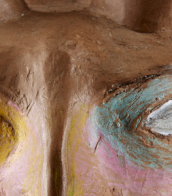

Gaetano Pesce is an Italian architect and a design pioneer of the 20th century. Pesce was born in La Spezia in 1939, and he grew up in Padua and Florence. During his 50-year career, Pesce has worked as an architect, urban planner, and industrial designer. His outlook is considered broad and humanistic, and his work is characterized by an inventive use of color and materials, asserting connections between the individual and society, through art, architecture, and design to reappraise mid-twentieth-century modern life.


Gaetano Pesce is an Italian architect and a design pioneer of the 20th century. Pesce was born in La Spezia in 1939, and he grew up in Padua and Florence. During his 50-year career, Pesce has worked as an architect, urban planner, and industrial designer. His outlook is considered broad and humanistic, and his work is characterized by an inventive use of color and materials, asserting connections between the individual and society, through art, architecture, and design to reappraise mid-twentieth-century modern life.
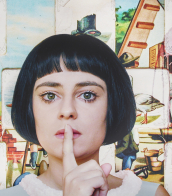

Gaetano Pesce is an Italian architect and a design pioneer of the 20th century. Pesce was born in La Spezia in 1939, and he grew up in Padua and Florence. During his 50-year career, Pesce has worked as an architect, urban planner, and industrial designer. His outlook is considered broad and humanistic, and his work is characterized by an inventive use of color and materials, asserting connections between the individual and society, through art, architecture, and design to reappraise mid-twentieth-century modern life.


Gaetano Pesce is an Italian architect and a design pioneer of the 20th century. Pesce was born in La Spezia in 1939, and he grew up in Padua and Florence. During his 50-year career, Pesce has worked as an architect, urban planner, and industrial designer. His outlook is considered broad and humanistic, and his work is characterized by an inventive use of color and materials, asserting connections between the individual and society, through art, architecture, and design to reappraise mid-twentieth-century modern life.

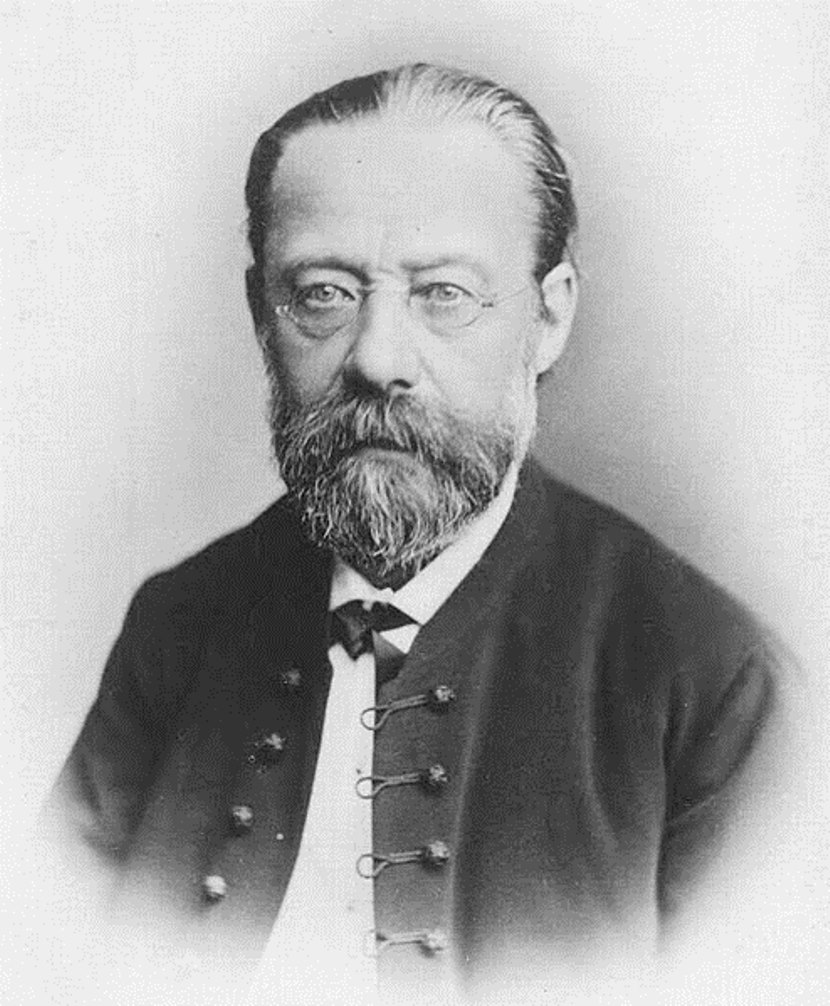
Bedřich Smetana, baptized Friedrich, was a prominent Czech composer, pianist and conductor, and the founder of the Czech national school of composition.
Smetana studied music under his father, who was an amateur violinist, and also began piano lessons early and performed as early as the age of six. He later became a music teacher and opened a piano school in Prague in 1848. Smetana was a recognized piano virtuoso.
In 1856 Smetana wrote his first symphonies and in the same year was appointed conductor of the philharmonic of Gothenburg (Sweden), where he remained until 1861, and then, returning to his homeland, he became one of the founders of the national opera theater. Smetana's first opera, The Brandenburgers in Bohemia, was staged in Prague in 1866, and in the same year the public saw his second opera, The Sold Bride, and he gained a reputation as the national Czech composer.
By the end of 1874 Smetana had gone completely deaf, but for several years he continued to create: he wrote a cycle of six symphonic works, concertos, many piano pieces and other works. Smetana's works, in particular The Sold Bride, My Country and the Piano Trio, are still performed all over the world.
Bedřich Smetana is rightly considered the founder of the national school of composition: he was the first composer to use Czech folk themes and motifs in his works, and the opera Brandenburgers in Bohemia was written entirely in Czech for the first time. Smetana's work had an enormous influence on Czech composers of subsequent generations - Antonín Dvořák and Zdeněk Fibich - and the symphonic poem Vltava from the cycle My Homeland became the unofficial Czech national anthem.
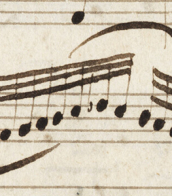
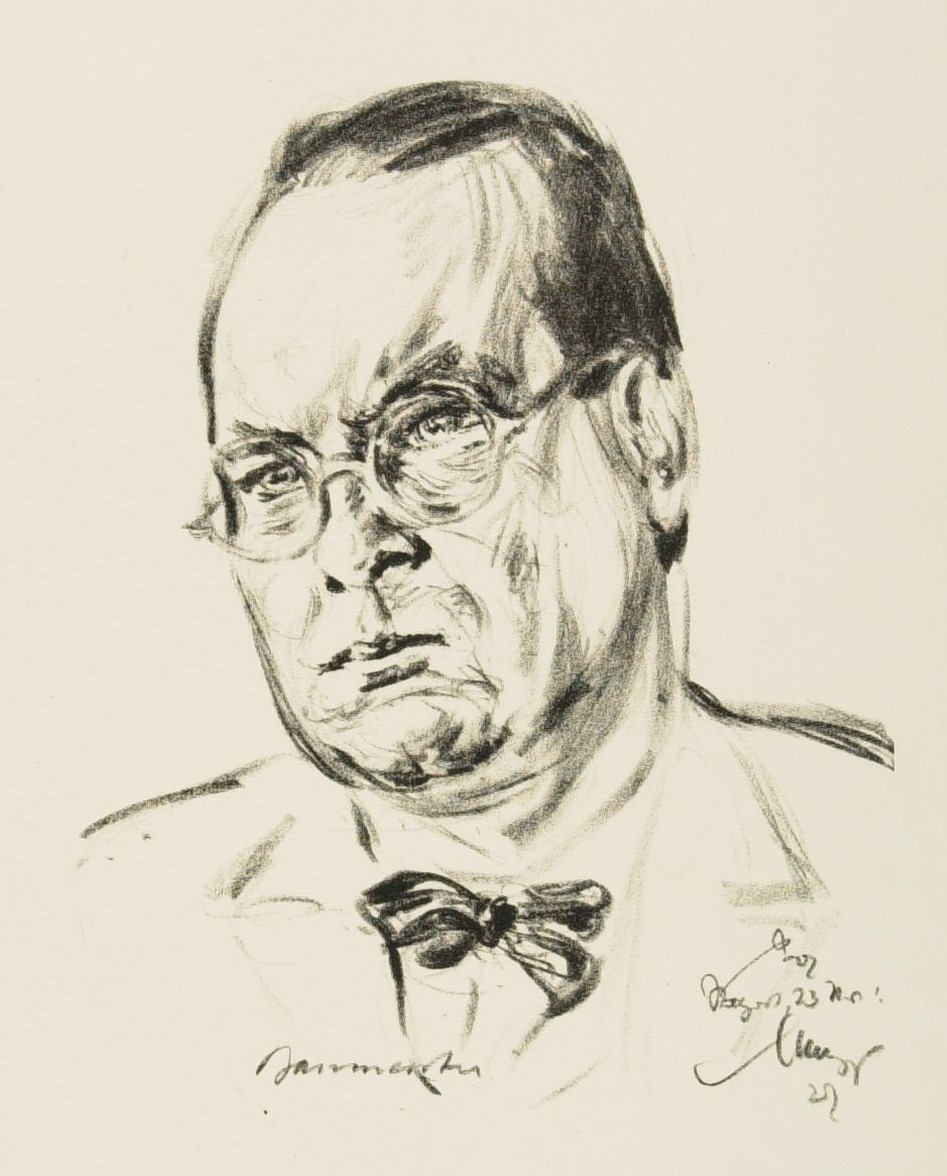
Willi Baumeister was a German painter, scenic designer, art professor, and typographer. His work was part of the art competitions at the 1928 Summer Olympics and the 1932 Summer Olympics.
